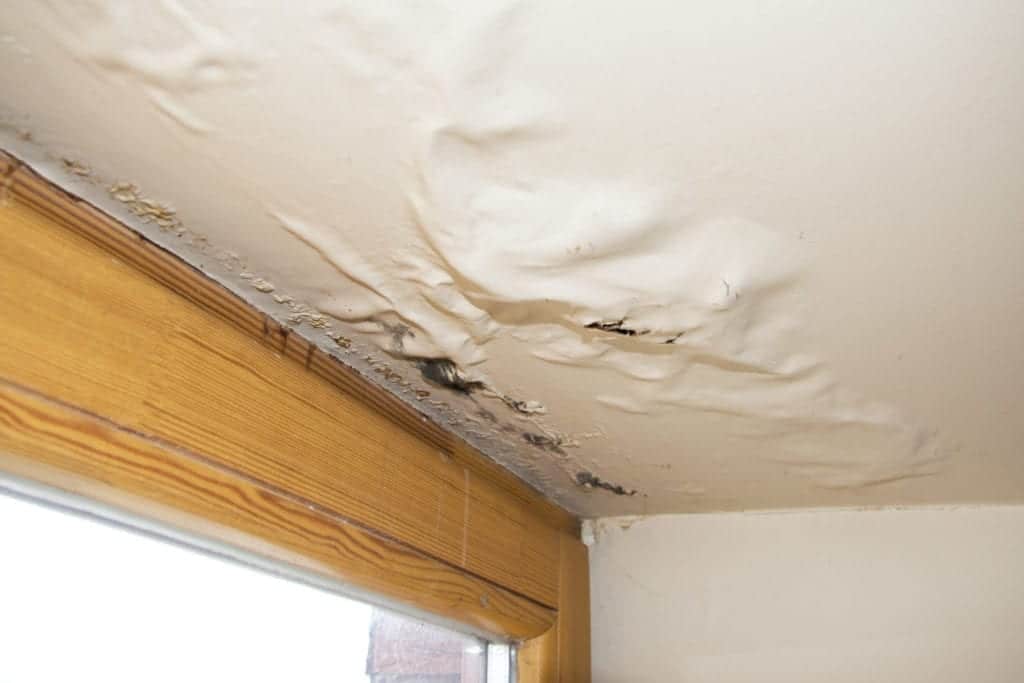Revealing Secret Water Line Leaks: 6 Proven Detection Tricks
Revealing Secret Water Line Leaks: 6 Proven Detection Tricks
Blog Article
We have encountered this post about Leaking water lines directly below on the internet and think it made good sense to write about it with you over here.

Early detection of dripping water lines can mitigate a prospective catastrophe. Some tiny water leaks might not be noticeable.
1. Analyze the Water Meter
Checking it is a surefire means that aids you find leakages. If it moves, that indicates a fast-moving leakage. This means you may have a slow leak that can also be below ground.
2. Examine Water Consumption
If you spot abrupt changes, despite your intake being the same, it implies that you have leaks in your plumbing system. An abrupt spike in your expense suggests a fast-moving leak.
On the other hand, a stable increase on a monthly basis, despite the same habits, reveals you have a sluggish leak that's also slowly rising. Call a plumber to thoroughly examine your property, specifically if you really feel a cozy location on your flooring with piping below.
3. Do a Food Coloring Examination
30% comes from toilets when it comes to water usage. Examination to see if they are running appropriately. Drop flecks of food color in the container and wait 10 minutes. If the color in some way infiltrates your bowl throughout that time without flushing, there's a leak in between the storage tank and dish.
4. Asses Outside Lines
Do not neglect to check your exterior water lines also. Should water seep out of the link, you have a loosened rubber gasket. One little leakage can squander bunches of water as well as spike your water bill.
5. Assess the circumstance as well as examine
Property owners must make it a habit to inspect under the sink counters as well as also inside cupboards for any kind of bad odor or mold and mildew growth. These 2 red flags indicate a leak so punctual interest is needed. Doing routine evaluations, even bi-annually, can conserve you from a significant issue.
Much more importantly, if you know your residence is currently old, keep a watchful eye on your heaters, hoses, pipelines and so on. Look for stainings as well as weakening as the majority of pipelines as well as appliances have a life span. They will additionally normally degrade because of deterioration. Do not wait for it to escalate if you presume leaking water lines in your plumbing system. Call an expert plumber immediately so you do not end up with a dreadful mess in your home.
Early detection of dripping water lines can mitigate a prospective calamity. Some small water leakages may not be noticeable. Checking it is a guaranteed means that helps you uncover leakages. One small leakage can waste heaps of water and surge your water costs.
If you think dripping water lines in your plumbing system, do not wait for it to intensify.
WARNING SIGNS OF WATER LEAKAGE BEHIND THE WALL
PERSISTENT MUSTY ODORS
As water slowly drips from a leaky pipe inside the wall, flooring and sheetrock stay damp and develop an odor similar to wet cardboard. It generates a musty smell that can help you find hidden leaks.
MOLD IN UNUSUAL AREAS
Mold usually grows in wet areas like kitchens, baths and laundry rooms. If you spot the stuff on walls or baseboards in other rooms of the house, it’s a good indicator of undetected water leaks.
STAINS THAT GROW
When mold thrives around a leaky pipe, it sometimes takes hold on the inside surface of the affected wall. A growing stain on otherwise clean sheetrock is often your sign of a hidden plumbing problem.
PEELING OR BUBBLING WALLPAPER / PAINT
This clue is easy to miss in rooms that don’t get much use. When you see wallpaper separating along seams or paint bubbling or flaking off the wall, blame sheetrock that stays wet because of an undetected leak.
BUCKLED CEILINGS AND STAINED FLOORS
If ceilings or floors in bathrooms, kitchens or laundry areas develop structural problems, don’t rule out constant damp inside the walls. Wet sheetrock can affect adjacent framing, flooring and ceilings.
https://www.servicemasterbyzaba.com/blog/how-to-detect-water-leakage-in-walls/

We are very enthusiastic about Hacks to detect leaks and I'm hoping you enjoyed the new blog entry. Loved our content? Please share it. Let someone else discover it. Many thanks for your time invested reading it.
Connect, relax, resolved. Report this page